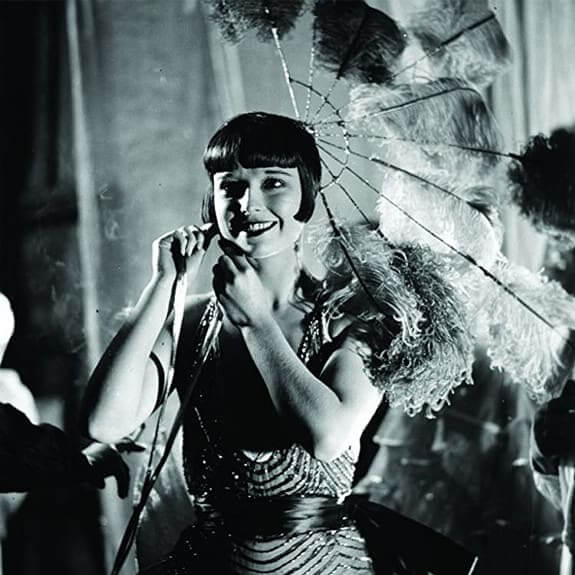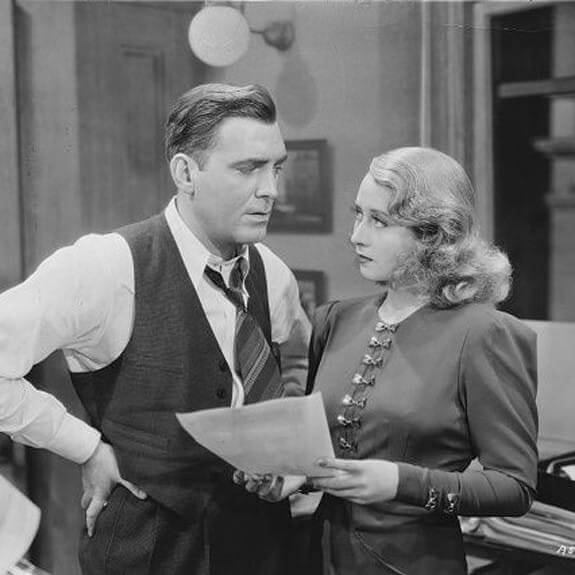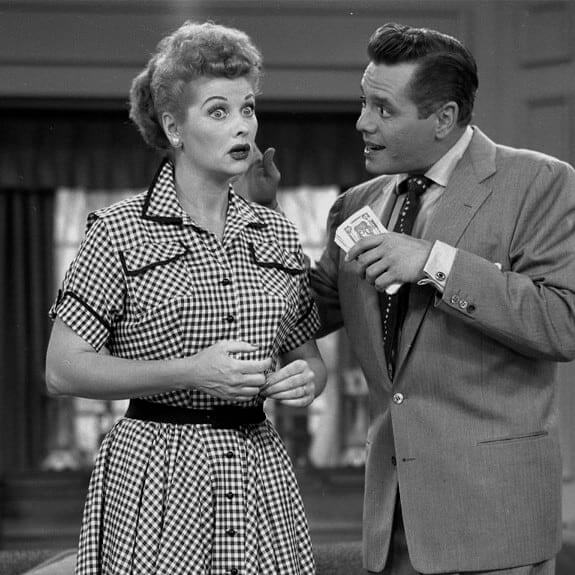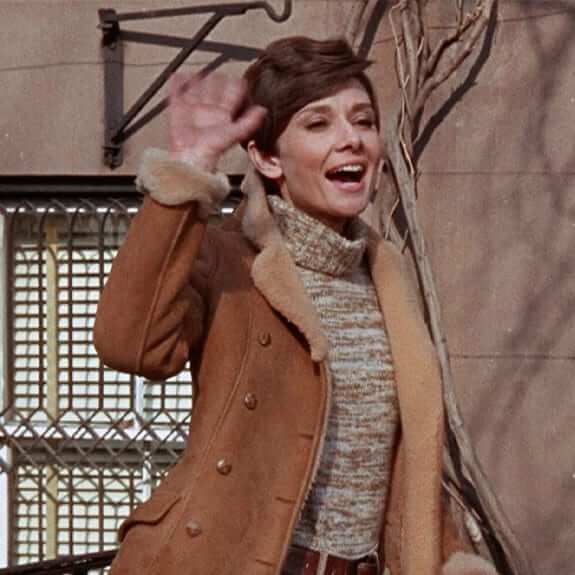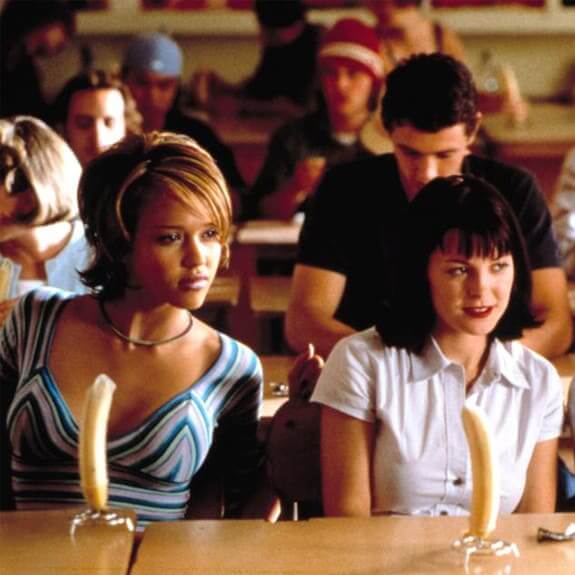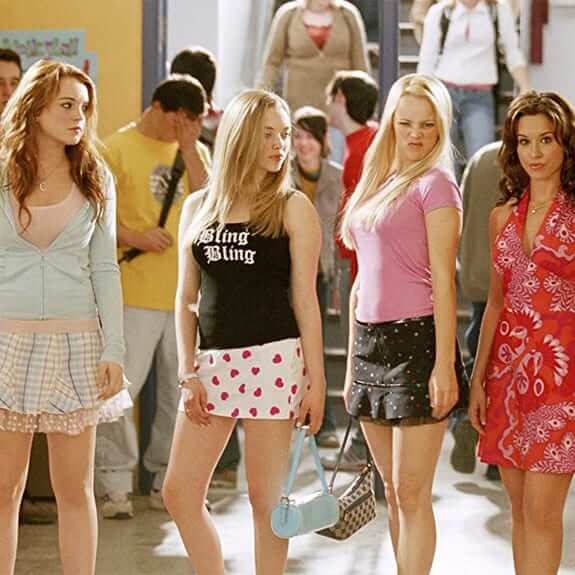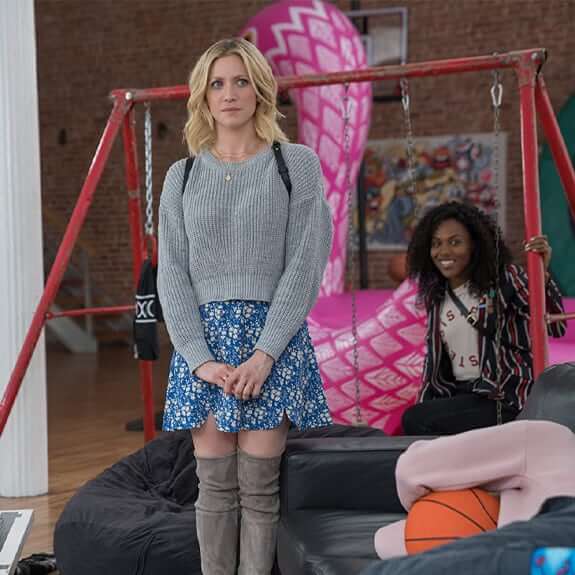1. The 1920s - Flapper Fashion
The 1920s was an era of important transitions, with women finally getting the right to vote and the country slowly rising after a devastating war. As the women’s rights movement continued to spring up, the workforce saw more and more women, and with that, an evolving fashion industry. Designers began to move away from more traditional fashions, introducing something a little bit more playful. Flapper fashion took the industry by storm, with pintucks, hemlines, and bold haircuts becoming increasingly embraced by designers and working women.
2. The 1930s - More Somber Choices
With the end of the war came the Great Depression, which had a somber influence in women’s fashion. Contrary to the flamboyant nature of flapper fashion from the previous decade, women started going for something more gloomy and representative of the time the country was facing. The fashion industry adapted itself to a more style-conscious look, getting their inspiration from celebs like Greta Garbo and Kathryn Hepburn. Women also moved closer to a more androgynous choice of attire.
3. The 1940s - A Conflict In Fashion
The 1940s saw a huge gap being created between the usual Hollywood flashiness to a classic approach to fashion. While the Hollywood industry continued to introduce sparkly and flashy fashions, the average women chose work-attire uniforms and more conservative and comfortable looks. While it took a while for this form of attire to be accepted by the general public, eventually a work-dress or a pant-suit became a common and encouraged choice for women from all facets of life.
4. The 1950s - A Fresh Approach To The Industry
The '50s brought a bit of a fresher approach to the industry, with a feeling of prosperity and victory in the air. Designers began re-introducing some of the more frivolous fashion trends, which had faded since the end of the 1920s. While the practical trends that had characterized the previous decade were still there, fashion designers were lo longer scared of re-introducing a more “feminine” style. Huge brands such as Christian Dior slowly contributed to the fresher trend’s comeback.
5. The 1960s - Swinging Times
The '60s saw an uprisal of young voices trying to find their place in a society that had gone through such difficult times. Hippie and rocker styles were increasingly prevalent in the streets, with the fashion industry embracing the change quite passionately. The decade saw the mod look taking over the industry, including a combination of patent leathers, bold shapes, and very bright colors. Iconic models such as Twiggy elevated the style even more, in contrast to the hugely elegant style of the likes of Jackie Kennedy.
6. The 1970s - The Introduction Of Global Fashion
The 1970s saw the famous disco sub-culture arising, next to the already prevalent hippie trends that characterized the previous decade. Americans also began traveling internationally much more during the 1970s, with global influences making it to the local industries. Designers and artists began seeing things with fresh eyes, as they were introduced to the colors and textures of other countries around the world. The generation saw the polyester fabric becoming trendy, with stretchy and tight styles marking the era.
7. The 1980s - The Idea Of “Power Dressing” Came Through
Bold styles and MTV completely ruled the '80s, with silhouettes, colors, and way too much-permed hair becoming what was considered “fashionable” throughout the decade. The '80s also saw biker jackets, ripped tights, and oversized everything becoming the choice of attire for many people. At the same time, working women began normalizing the idea of “power dressing” in their workplaces, utterly influenced by movies like Working Girl, which had a huge influence on the fashion culture of the time.
8. The 1990s - Casual And Cool Makes A Comeback
The 1990s challenged the idea of mainstream fashion when trends such as hip-hop, grunge, and punk styles became popular amongst young people from all over the country. The casual-cool style made it to the top, with minimalism becoming a fashionable choice for several women. But although minimal and casual clothing was deemed to be cool, people did spice it up with velvet, animal-print, and combat trousers making it one of the coolest times in the past decades.
9. The 2000s - Confusing Times
The 2000s were confusing times, with a trend called “anything goes” becoming the most prevalent of the time. Women’s fashion saw denim jacket, cargo pants, tracksuits, and crop tops making it to the top of the list. While the decade did have some staples, it seemed like a sort of mish-mash of styles became the trend. To be fair, our society was going through changing and confusing times, which ended up being reflected in people’s fashion choices.
10. The 2010s - A Time For Self-Expression
As the decades pass, it’s increasingly harder to define what’s in fashion. We’ve seen several trends making comebacks, with some of them staying and others making the shortest comebacks we’ve ever seen. Factors like self-expression and individuality become growingly important, as women and men keep on choosing different ways of expressing their femininity and masculinity. With the constant blooming and exploration of fashion, we cannot wait to see what the current decade is about to bring.

